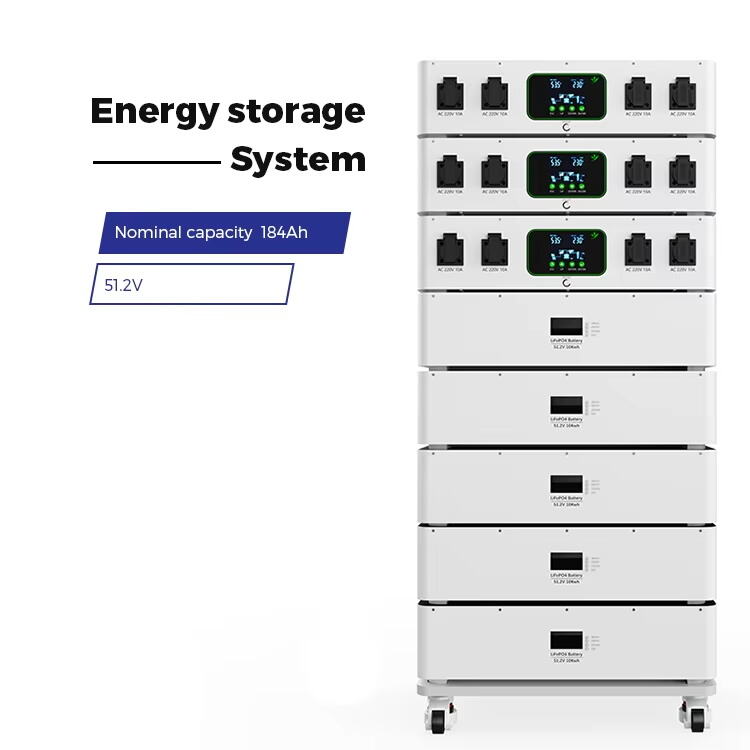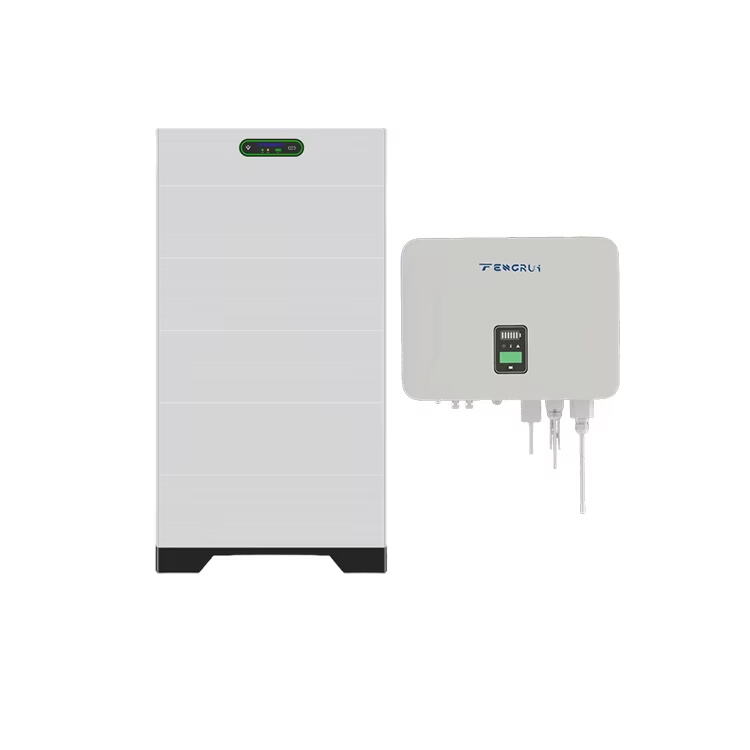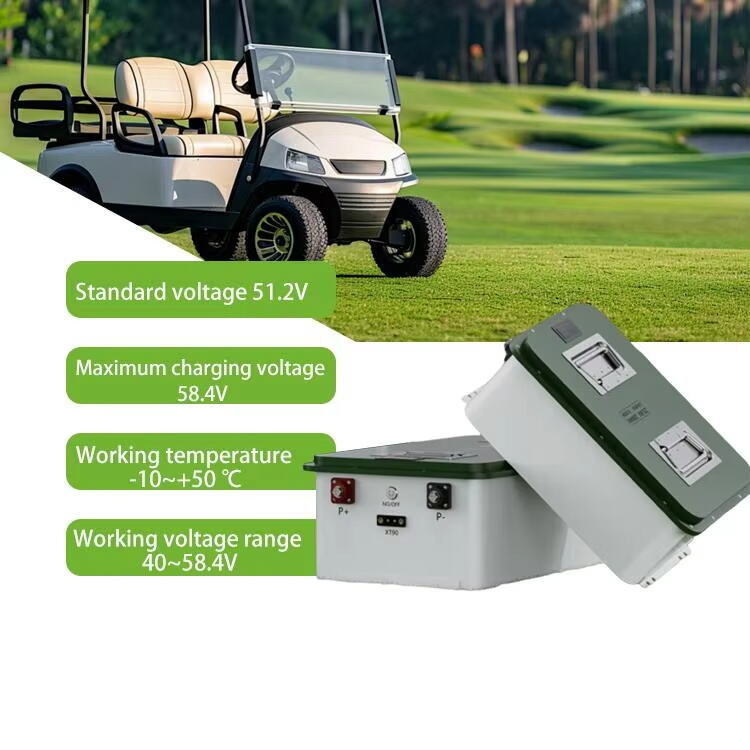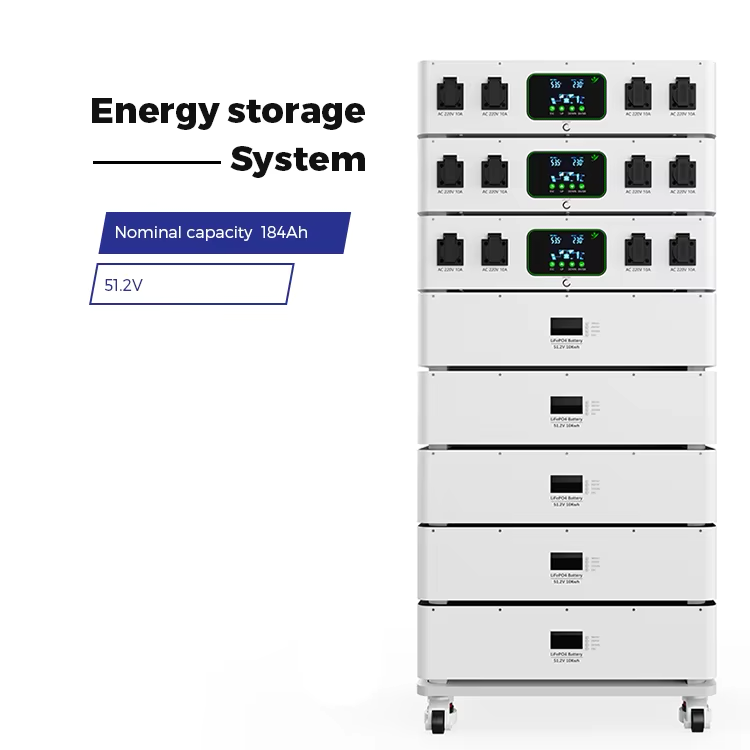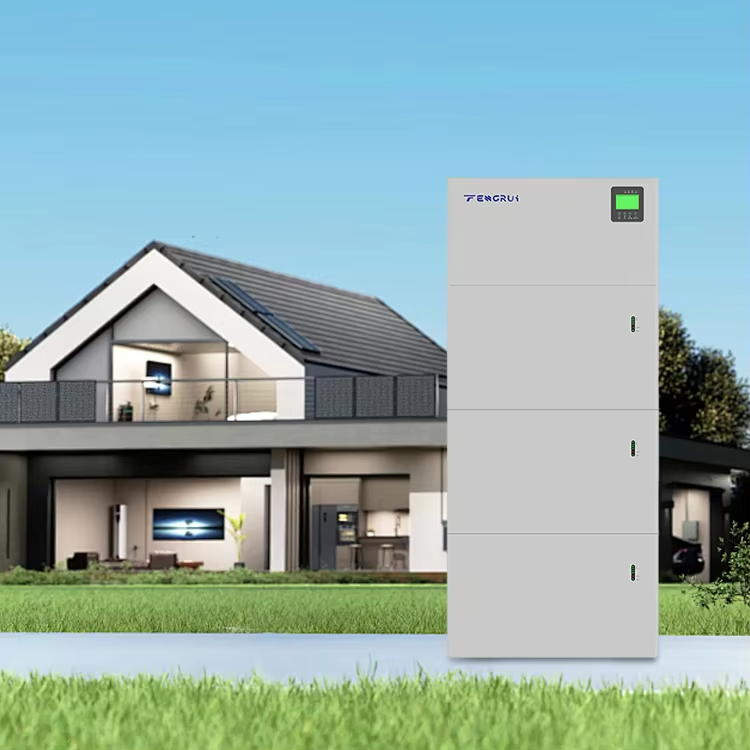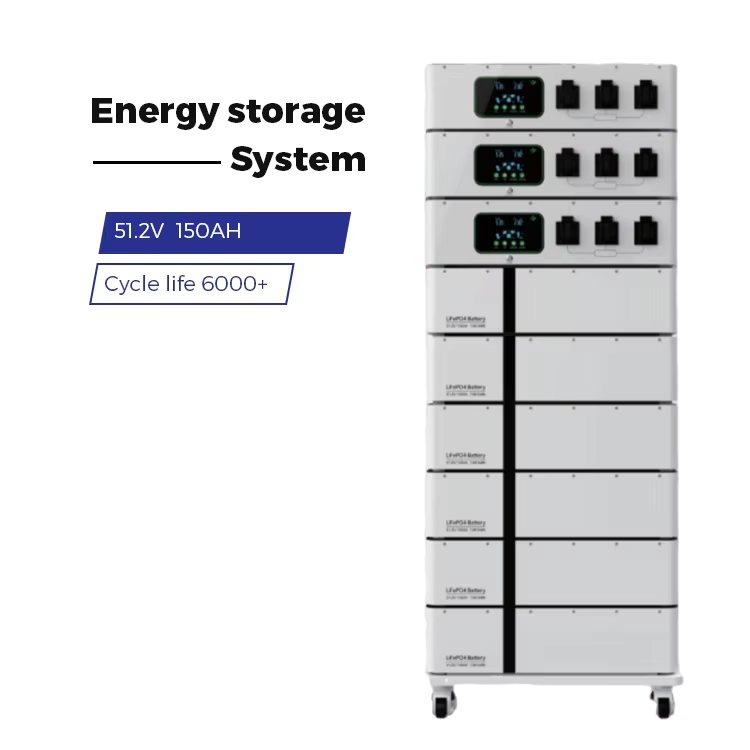residential battery storage
Residential battery storage systems represent a revolutionary advancement in home energy management, offering homeowners unprecedented control over their electricity usage and costs. These sophisticated systems consist of high-capacity lithium-ion batteries that can store excess energy generated from solar panels or the grid during off-peak hours. The primary function of residential battery storage is to provide a reliable backup power source during outages while enabling users to optimize their energy consumption patterns. Modern systems typically feature smart monitoring capabilities, allowing homeowners to track energy usage, storage levels, and system performance through user-friendly mobile applications. These systems can store anywhere from 5 to 15 kilowatt-hours of electricity, enough to power essential home appliances for several hours or even days. The technology incorporates advanced battery management systems that regulate charging cycles, maintain optimal temperature conditions, and ensure safe operation. Integration with existing solar installations or grid connections is seamless, thanks to built-in inverters and sophisticated control systems. Additionally, these systems often include weather-resistant enclosures for outdoor installation, maintaining performance in various environmental conditions while occupying minimal space.






